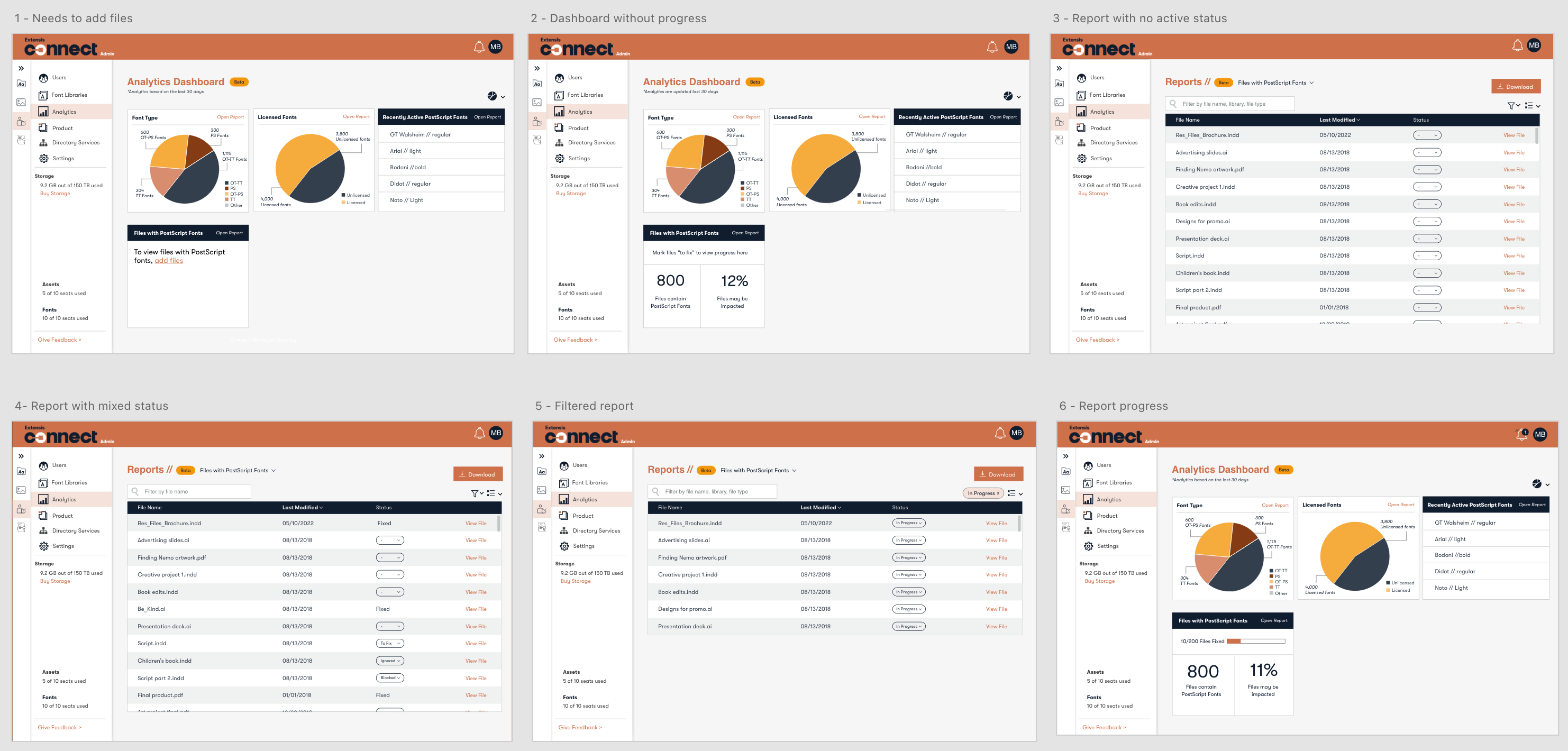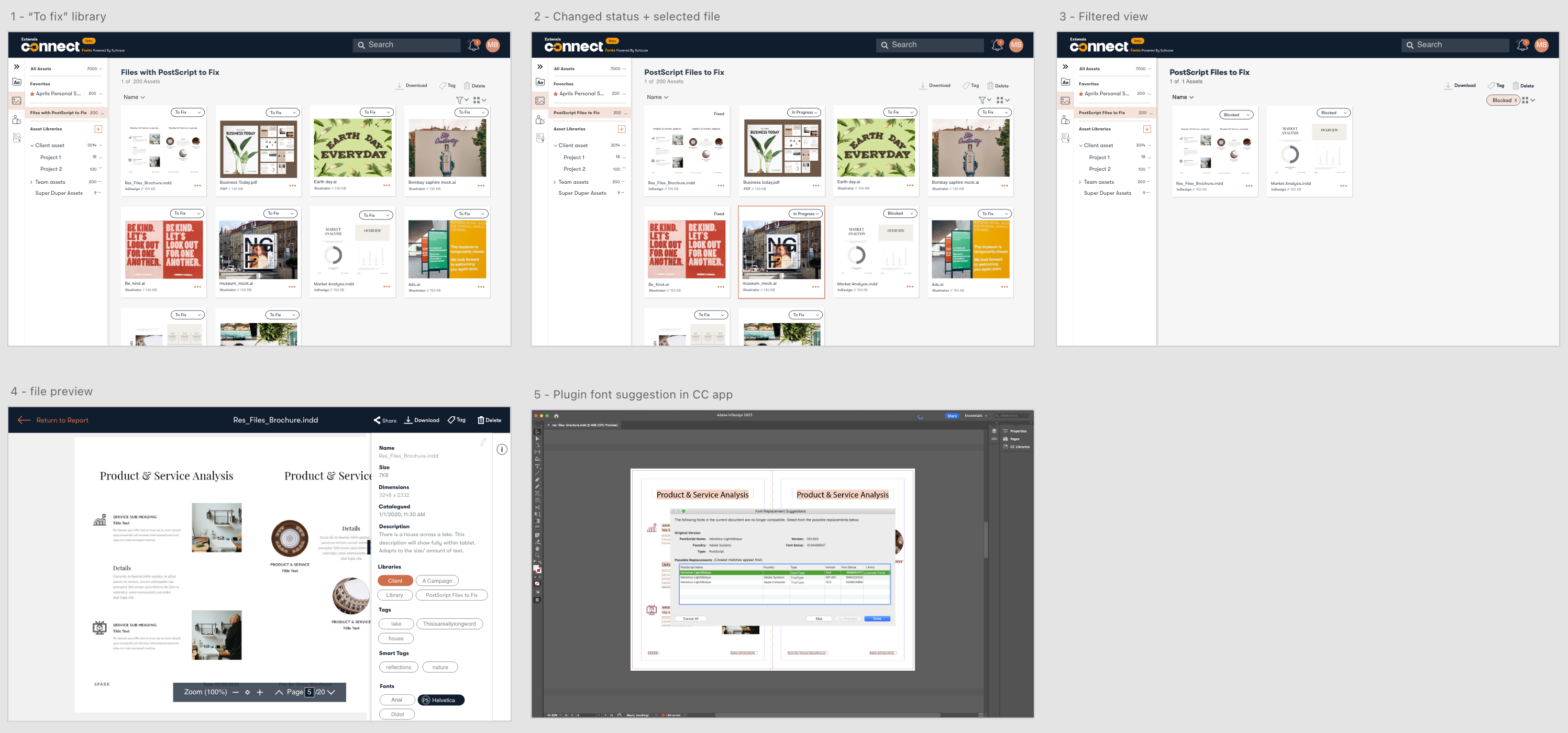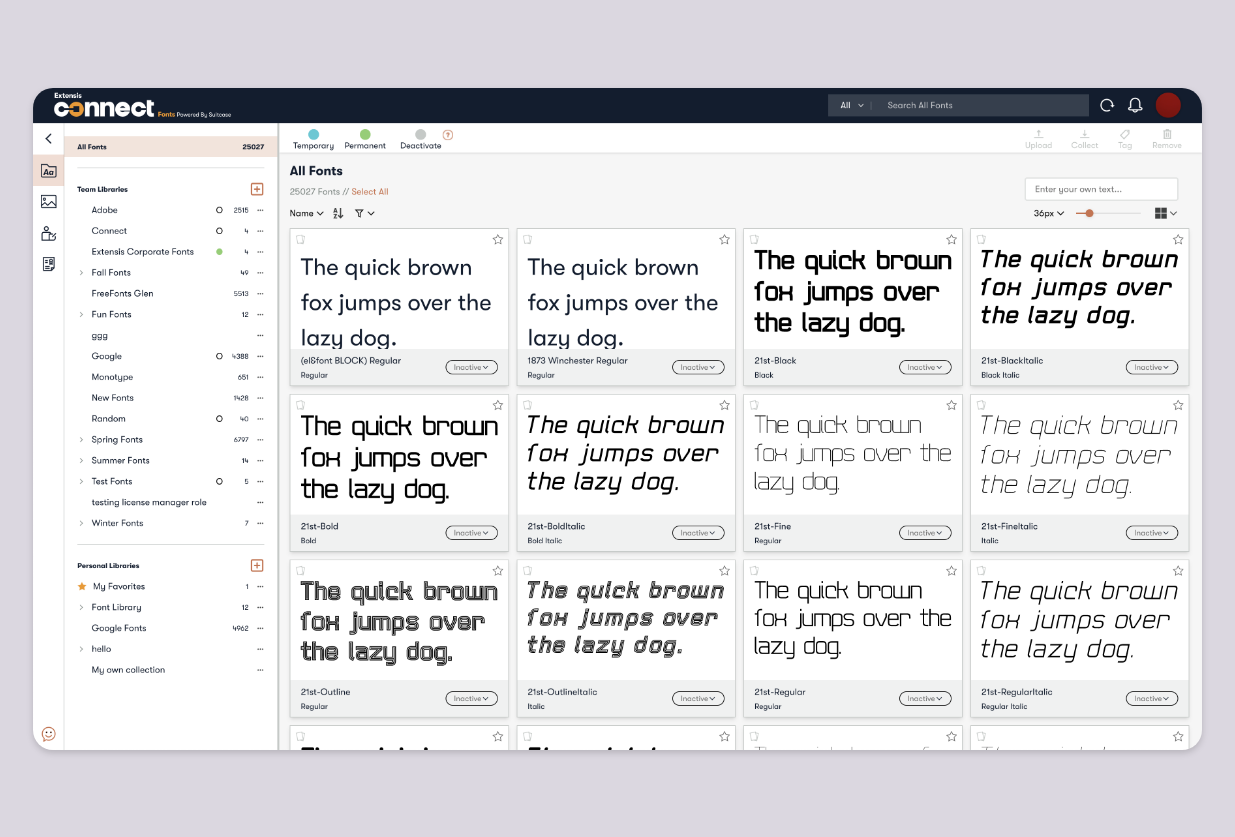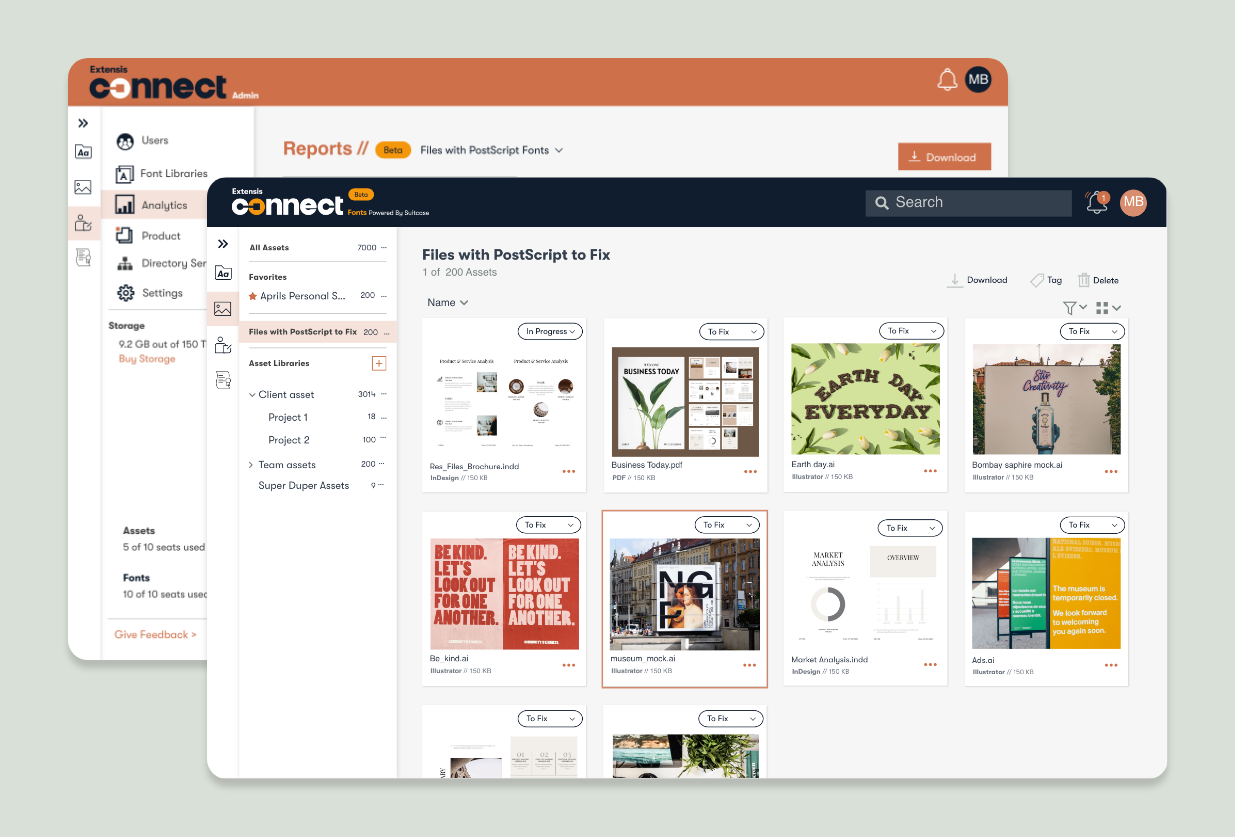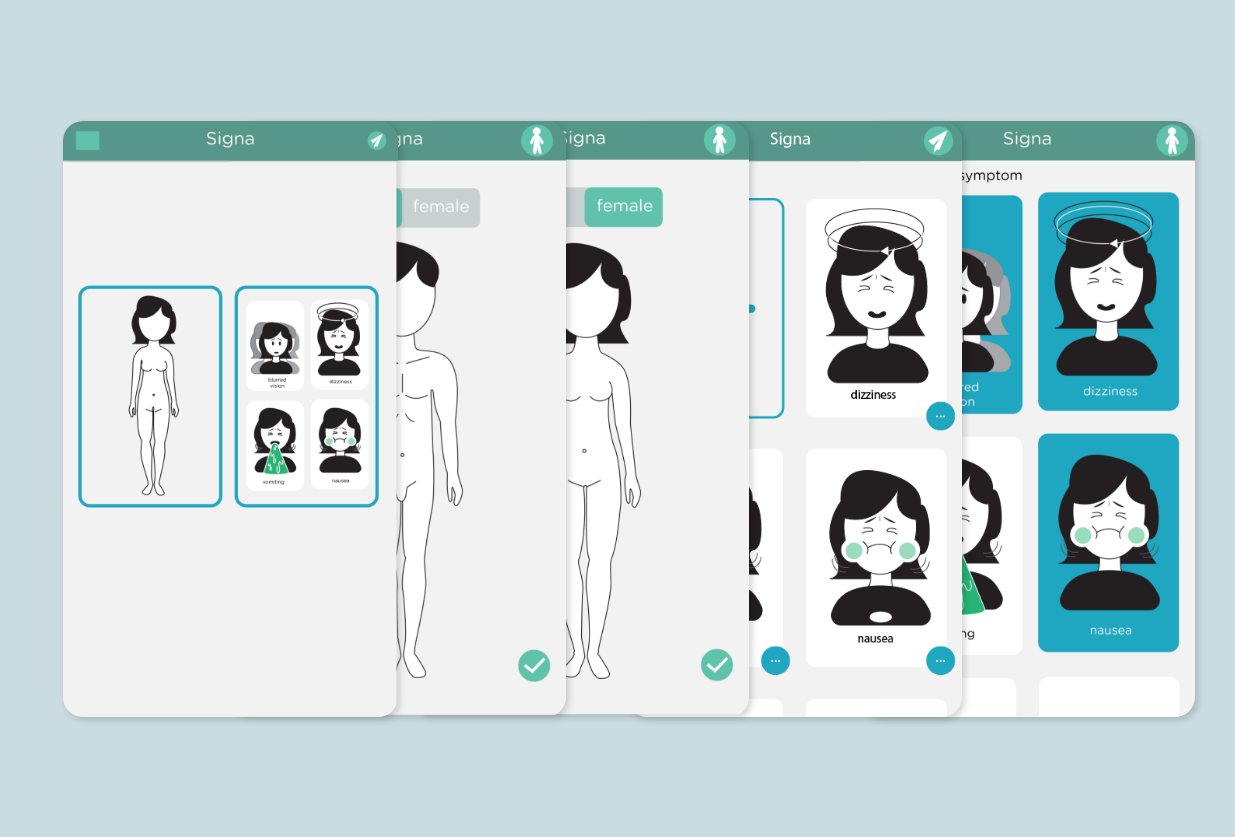EXTENSIS CONNECT
PostScript Type 1 End of Support
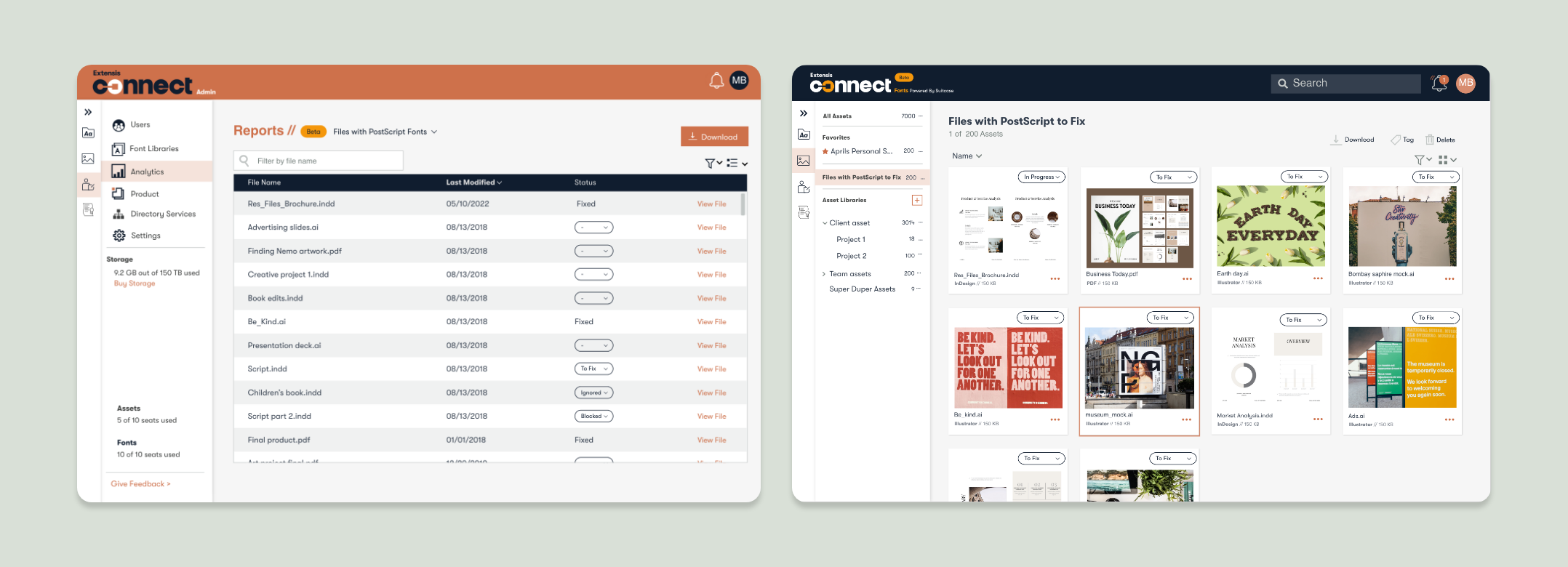
Challenge
Adobe CC is discontinuing support for PostScript Type 1 fonts, this decision wil impact agencies, companies and freelance designers that have been collecting fonts for decades. Many of their files containing these fonts will require replacing the font which can also cause additional work to fix reflow.
Objectives
- Provide creative team managers with an understanding of the scale of the issue for their team
- Create a way to speed up the manual process of replacing fonts for designers
Technical Restrictions
As of right now, it's hard to provide users with the quality assurance step where they check for reflow and typographic changes created by changing the font in the file. However, as the process evolves and is used by users, it can be expanded to show what was illustrated in the initial sketches as the ideal to help speed the process for designers.
The notification system had to be delayed so, I later implemented an icon within the asset cards to allow designers to know that a suggestion was applied as a placeholder for real-time notifications.
PROJECT SCOPE
Web Application (linked to desktop app)
TOOLS
Adobe XD, Pendo, Mural
ROLE
UX Designer II (Research, Interface design, Interaction design, design system, usability testing)
DURATION
5 months (ongoing)
Research
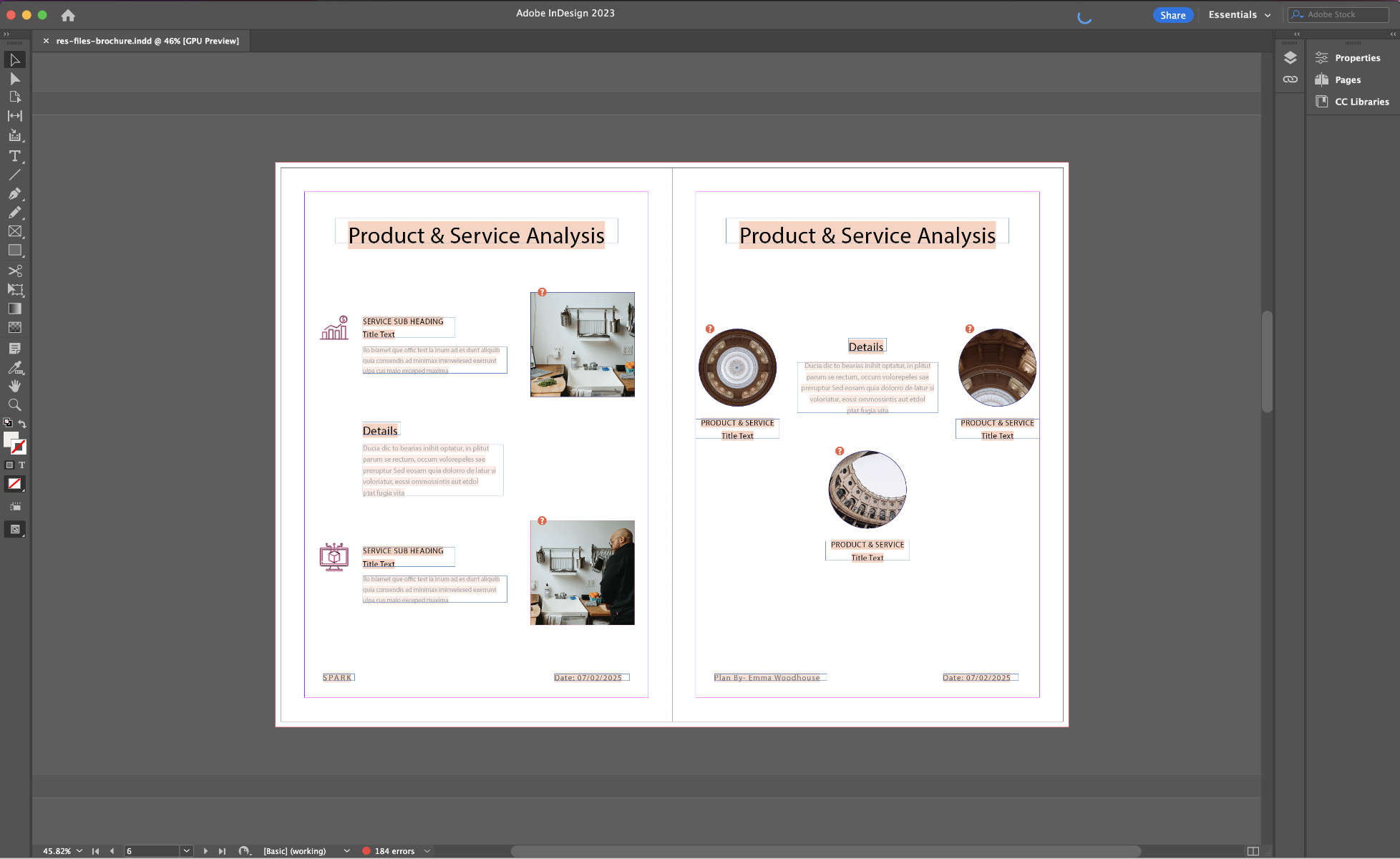
The product team collaborated closely with the customer success team to bring up concerns and awareness of the PostScript Type 1 font end-of-support on Adobe products. Using Gong, our team was alerted to these conversations, key takeaways, and concerns.
KEY TAKEAWAYS
- Customers see this as a problem to tackle "just in time" they know it will be an issue but. don't want to exhaust resources in fixing the entirety of the problem immediately
- Agencies may have some machines with older versions of Adobe products as a workaround to this problem (We know that Adobe maintains about previous versions of their products before they become unusable)
- There was a pretty even split between agencies that were aware and on top of this issue and agencies that were hearing about this for the first time during calls with us
- Designers themselves will usually have the freedom to choose a font themselves unless a font is already provided by a client. This is not true for all agencies.
Proposed Workflow
While designing for the workflow, there were two main things that had to be taken into consideration:
- What will feel seamless to our manager/owner persona (Owen) and to our designer persona (Clara)
- How can we help solve the problem without having to take them out of context/ without them having to use other workarounds or solutions to complete the task.
Mapping the different status change variations was important as the direct and ideal path to success will look different between teams. We needed to make sure that all success and failure paths were accounted for to guide the engineering team on exactly how these stats changes will occur. At the same time, incorporating some automatic aspects to it, when possible.
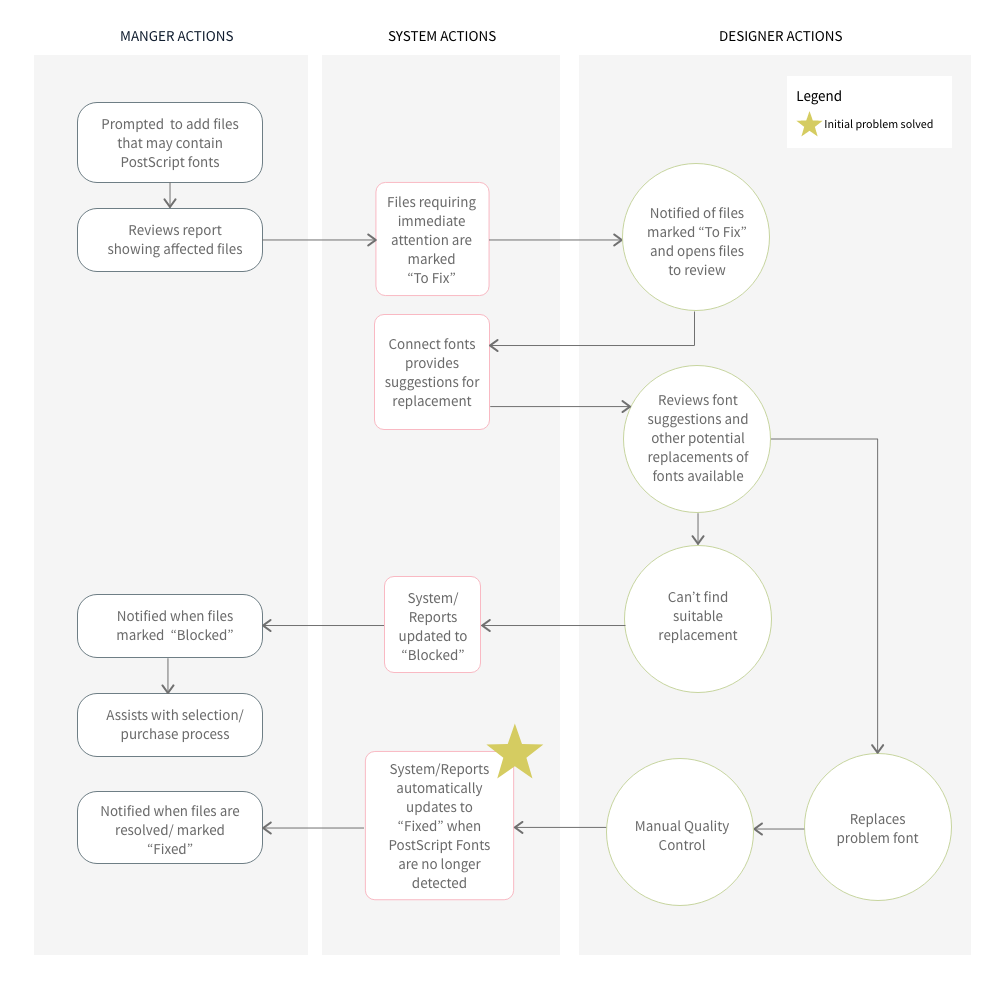
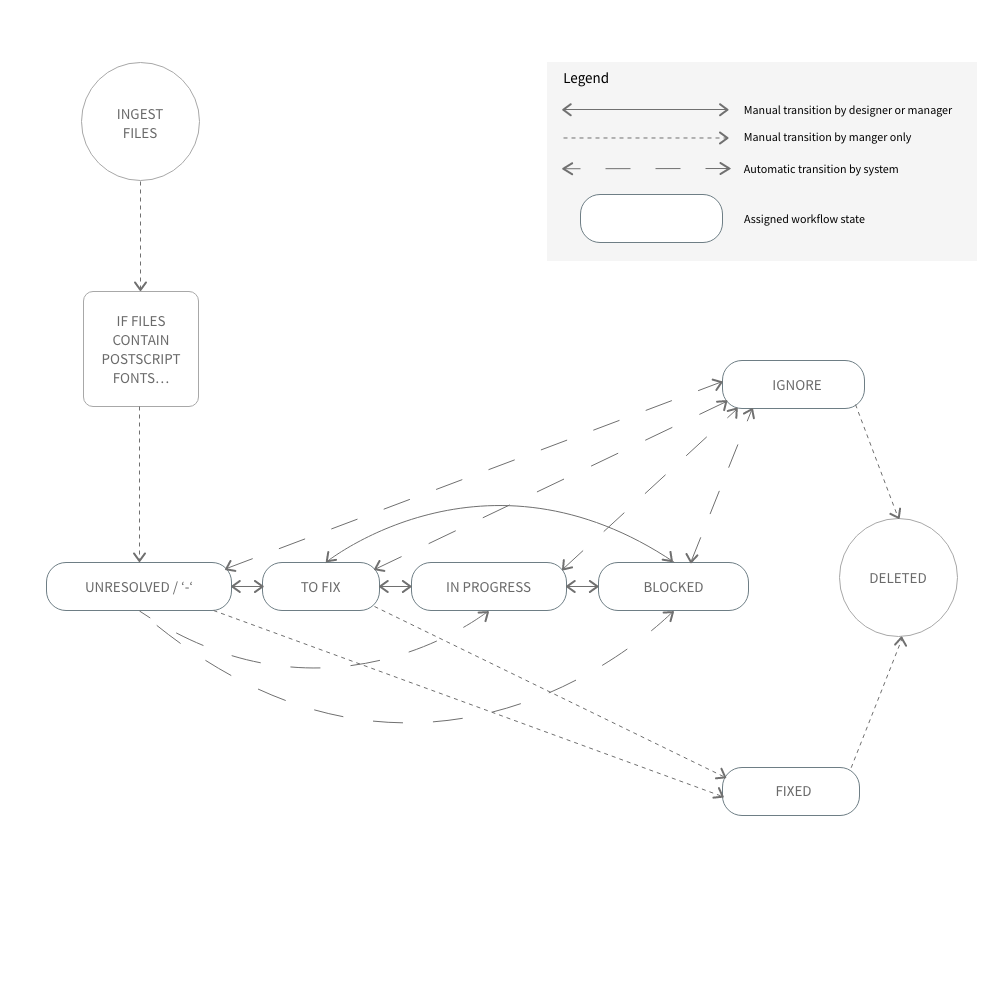
Initial Sketches
Initial sketches explored the ideal end result using a similar framework to Airbnb's 11-star framework. The sketch on the left shows the ideal way to reduce the quality assurance step for the designer by highlighting any reflow/ changes to the design that is caused by changing the font. Automatically showing the areas that need reworking and an. overview of how much actually shifted without her having to go through word by word to find the changes. This is the ultimate, realistic goal for the process.
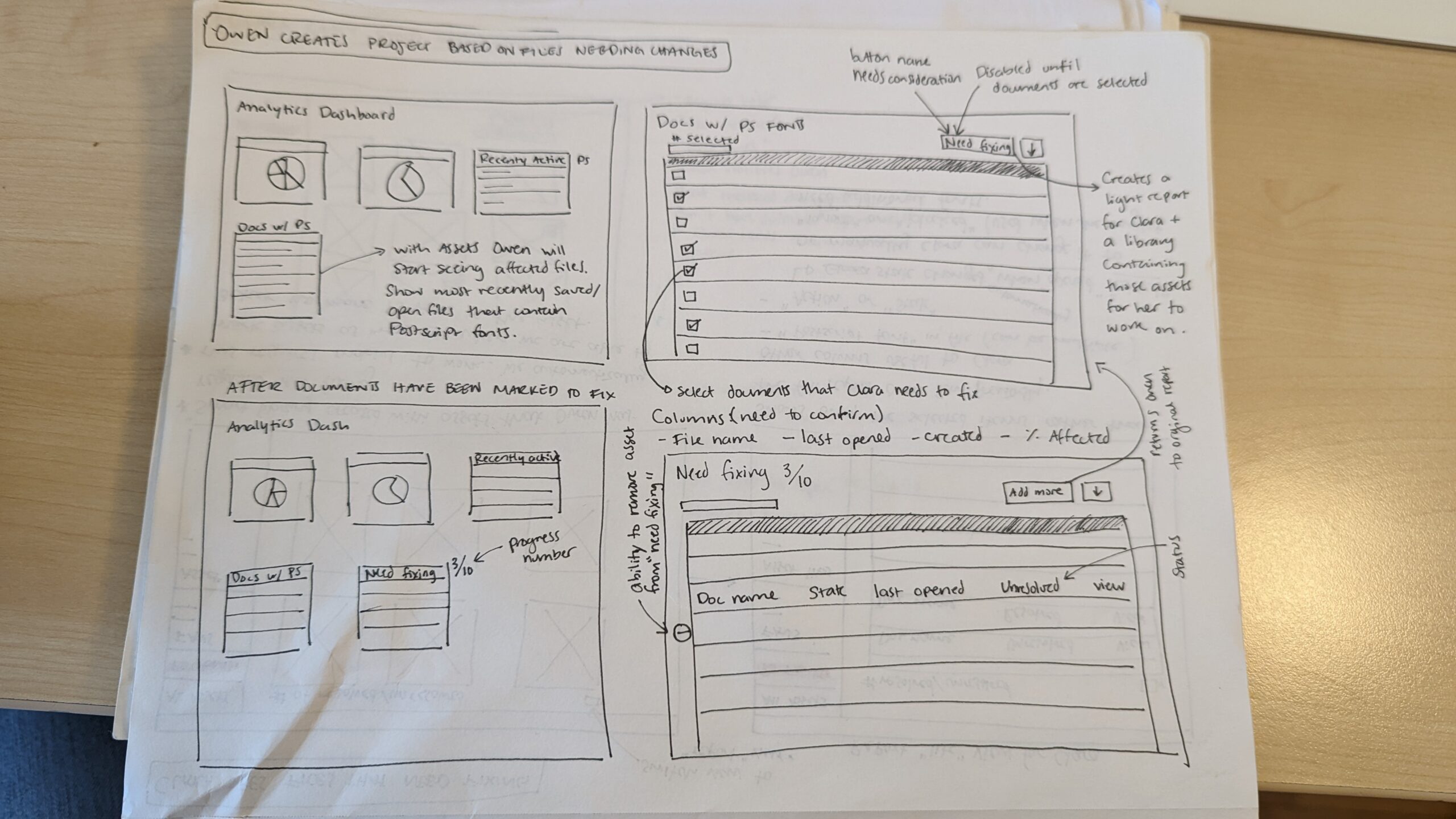
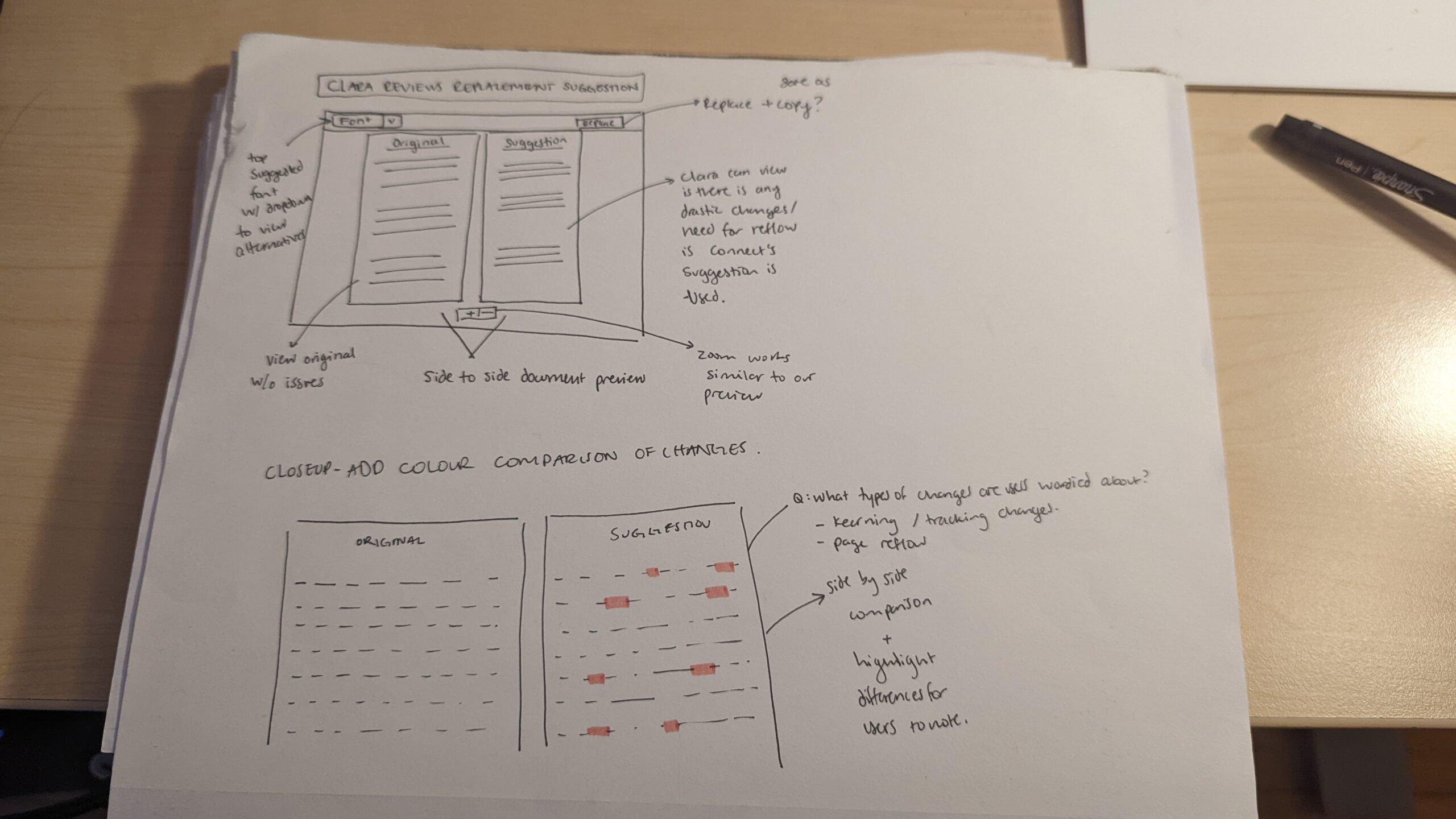
Design Elements
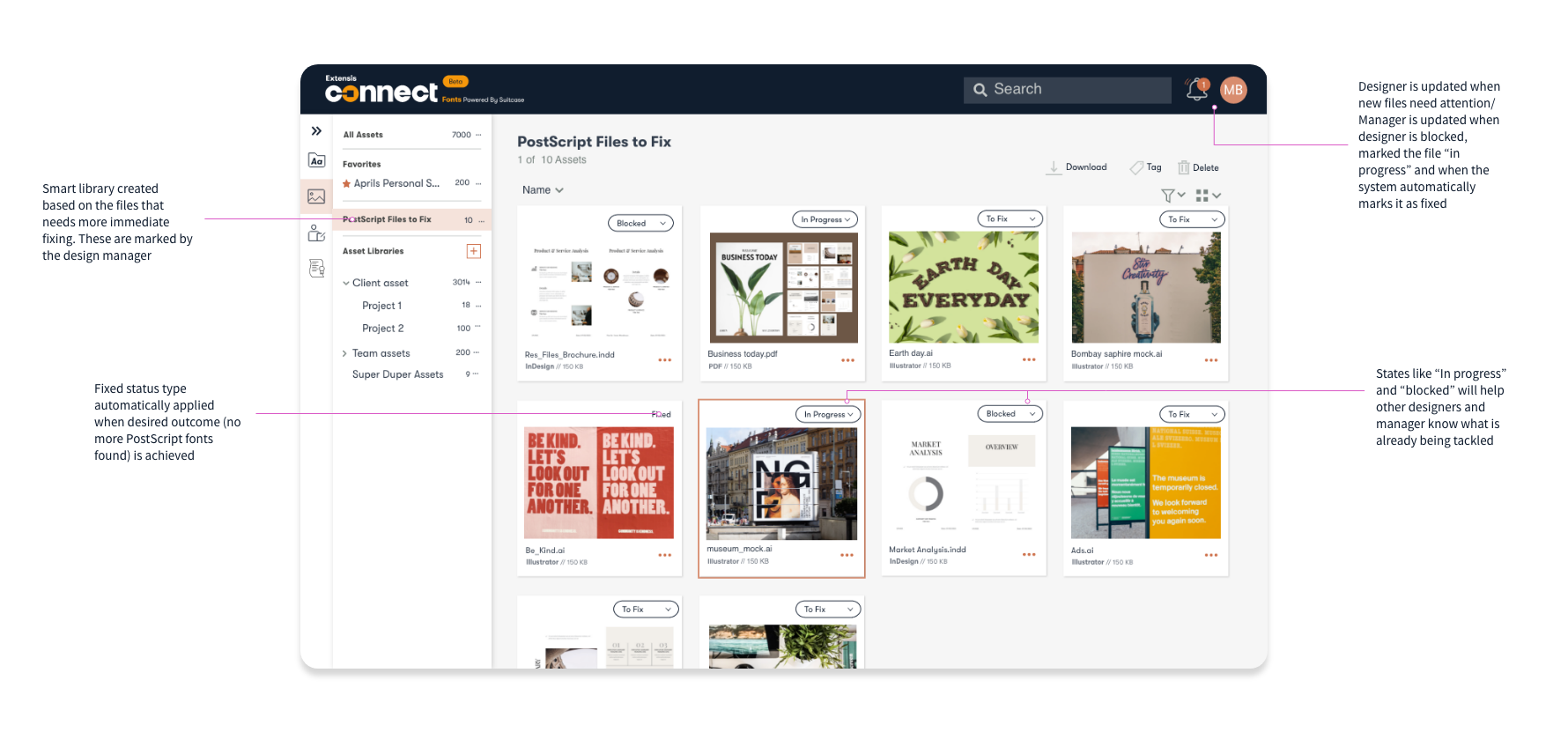

Final Thoughts
Tackling a challenge that feels like a "short-term/temporary problem" that requires a heavy lift from engineers has to be modifiable down the line to help solve a more significant problem. Not only is this useful for the users longer-term but building products also requires stakeholder buy-in, especially from engineers building the product. When working for a smaller corporation, prioritizing items is essential. In order to have this specific area built, I had to work on making this workflow make sense for future use cases as it expands beyond the short-term problem.
Selected Works

